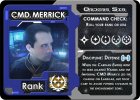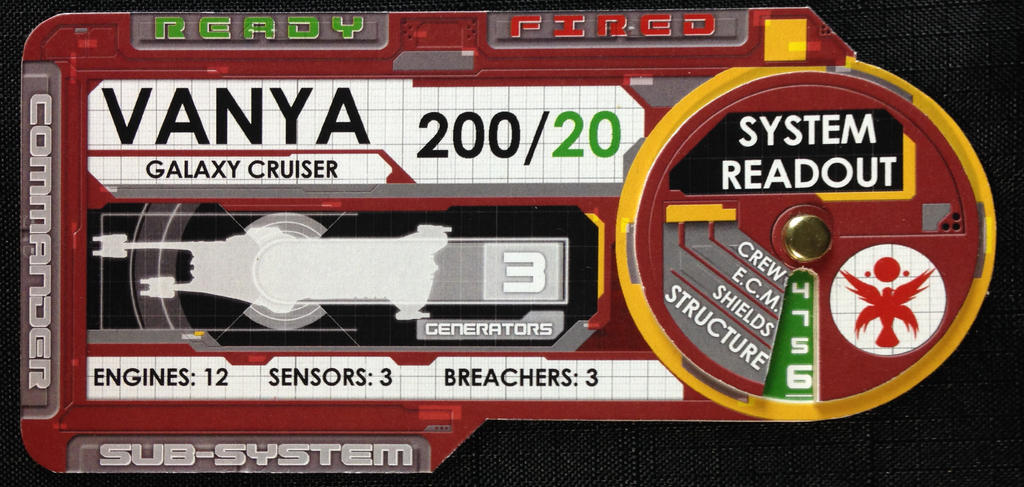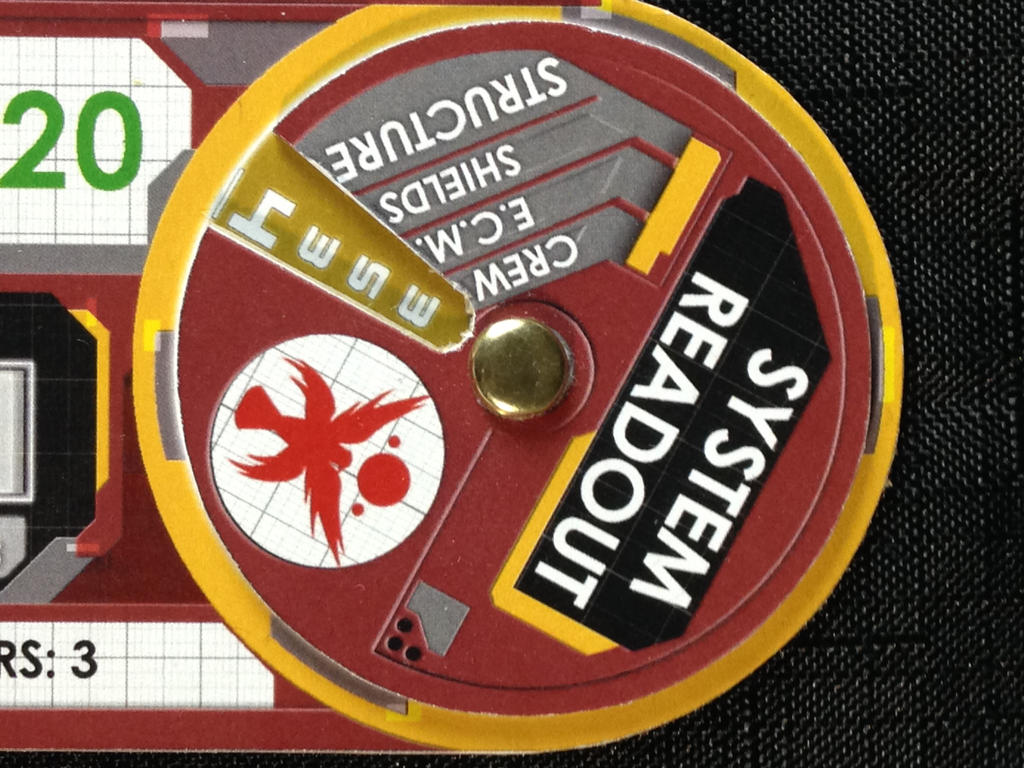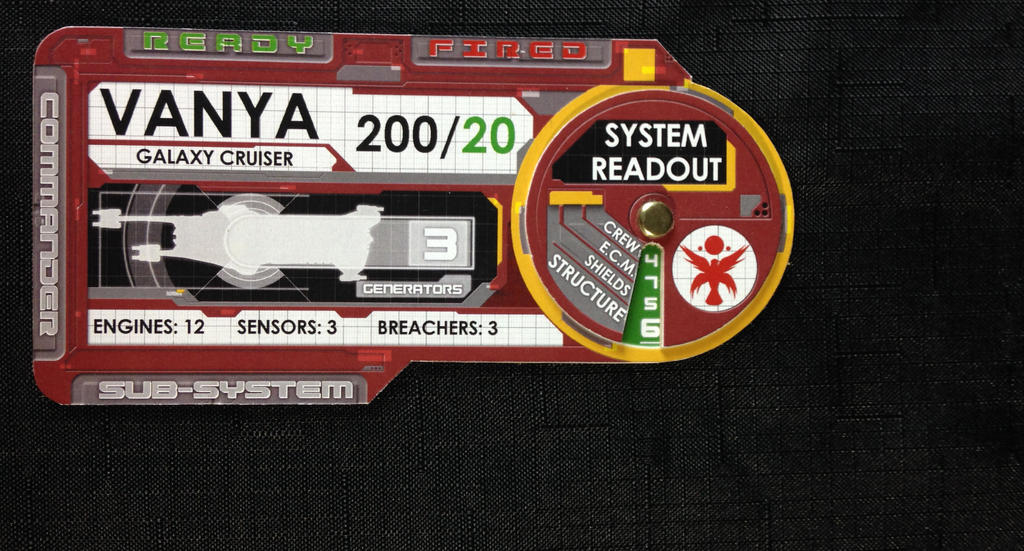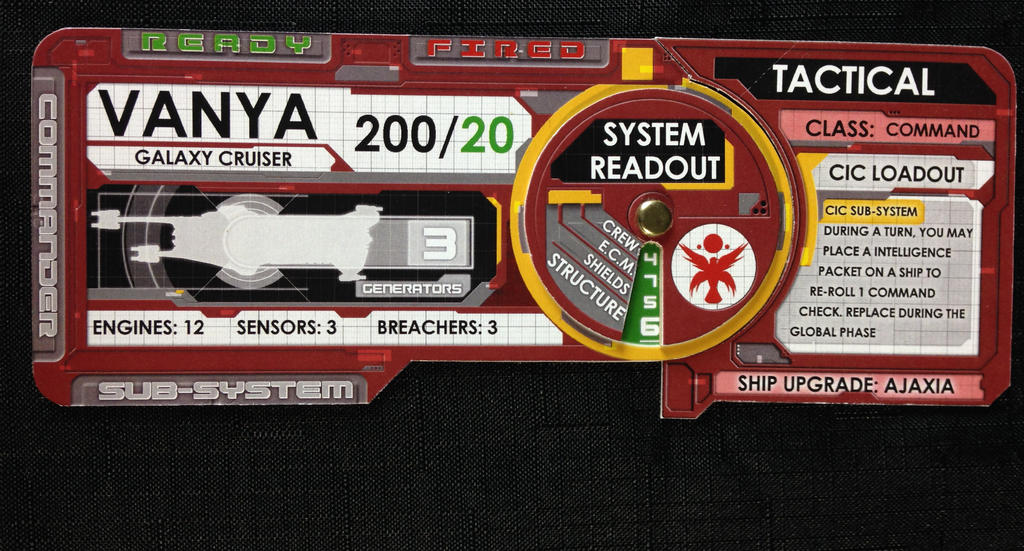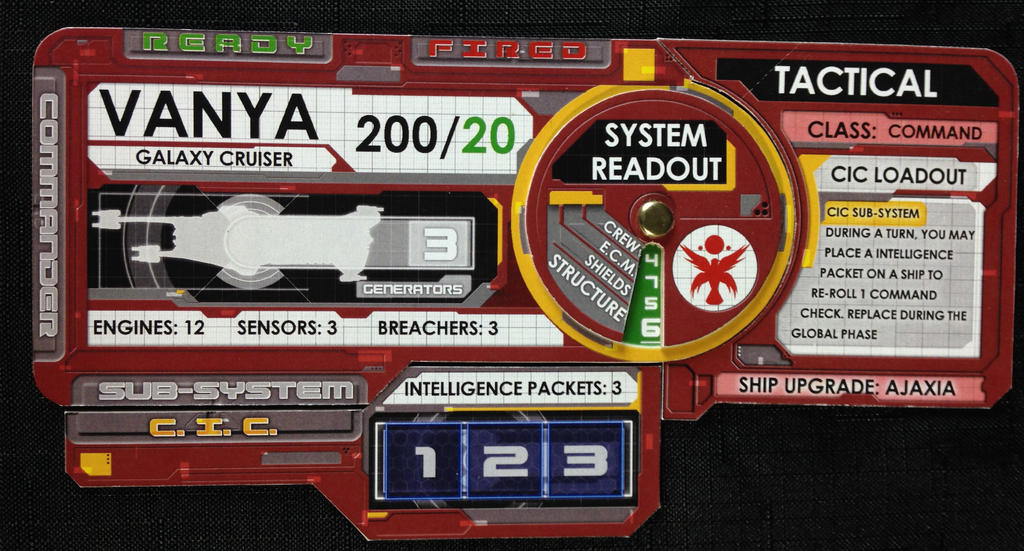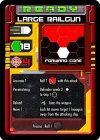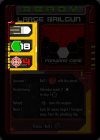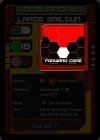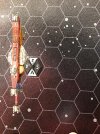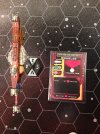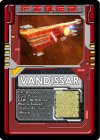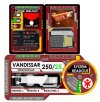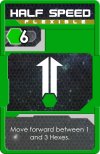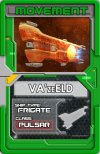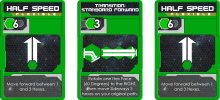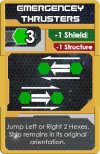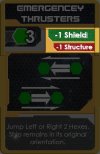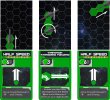Cheers everyone. I think I'll take down the poll for now as I've only ever gotten 2 votes on it and just continue with the component previews and possibly a lets play soon

. Also, instead of imbedding the images in my post, I'll upload them at the bottom and refer to their file names from here on out (much easier)
Sitting comfortably? Good, because tonight, I have for you the second component of your ships trifecta: Weapon Cards. Each ship has a selection of weapon card bespoke to that ship class and load-out. This is the front of the card (see Fig A).
Okay I know what your thinking, deep breath, don't panic, I'm right here. The weapon cards in Falling Stars: The Red Line represent the most innovative difference from any other miniatures game Instead of referencing a book for special features, rules and charts on how the weapon works, then cross referencing the model for where and how, each card carries all that info in an easy to understand (once its been explained) manner.
Starting on the top left (Fig B), we have the weapon type. If you roll a critical on your dice, this gives an additional effect to the weapon.
Beneath that we have how far away it shoots. This is measured in Hexagons
Beneath that we have How many Dice it rolls. More on that later.
While this means each weapon on a ship needs a weapon card, it also means you never have to refer to a chart. It also gives you a tangible sense of how powerful your ship is. If you hold a lot of cards, chances are, you have a lot of power

The directly to the right of the numbers is this weird window thing (Fig C). This is the pasty resistance of the cards. This is the ARC or direction and area it fires into! The base of each ship is marked with F, S, P, A, or Fore, Port, Starboard, and Aft, and also divided by the hex faces (Fig D).
Line the card up with your base with the top of the card facing the F direction, and you can see where the card fires into (Fig E)
Cool huh? now everything you need to know about your ships weapons is right at your finger tips.
The rest of the Card (Fig A) at the bottom are the special characteristics of the weapon. Above the am is applied to the shields, below the arm is applied to the Hull or "Structure" in this game.
Last but not least, we have the Back of the Card (Fig F). You notice here that again, this game is designed for ease of play and, more importantly, set up. Each card has the name of the ship it belongs to, and what configuration. If it goes with the CIC load-out, or the Breaker load-out or the Pulsar load-out it will say it on the card to make organizing them easier.
And finally (told not least right!) we have another cool feature. You notice how the tops of the cards say "ready" on the front (Fig A) and "Fired" on the Back (Fig F)? It just so happens these parts line up with your ship card like so (Fig G) so you can track which weapon shave been fired!
The team may be a little please with themselves over these cards. Next week though, we'll give you a glimpse as to how the ships move.
